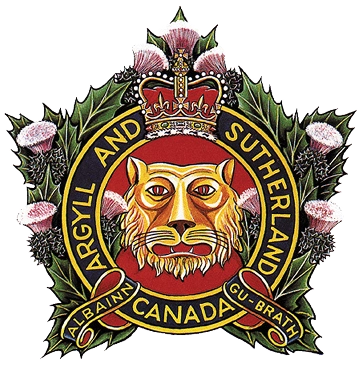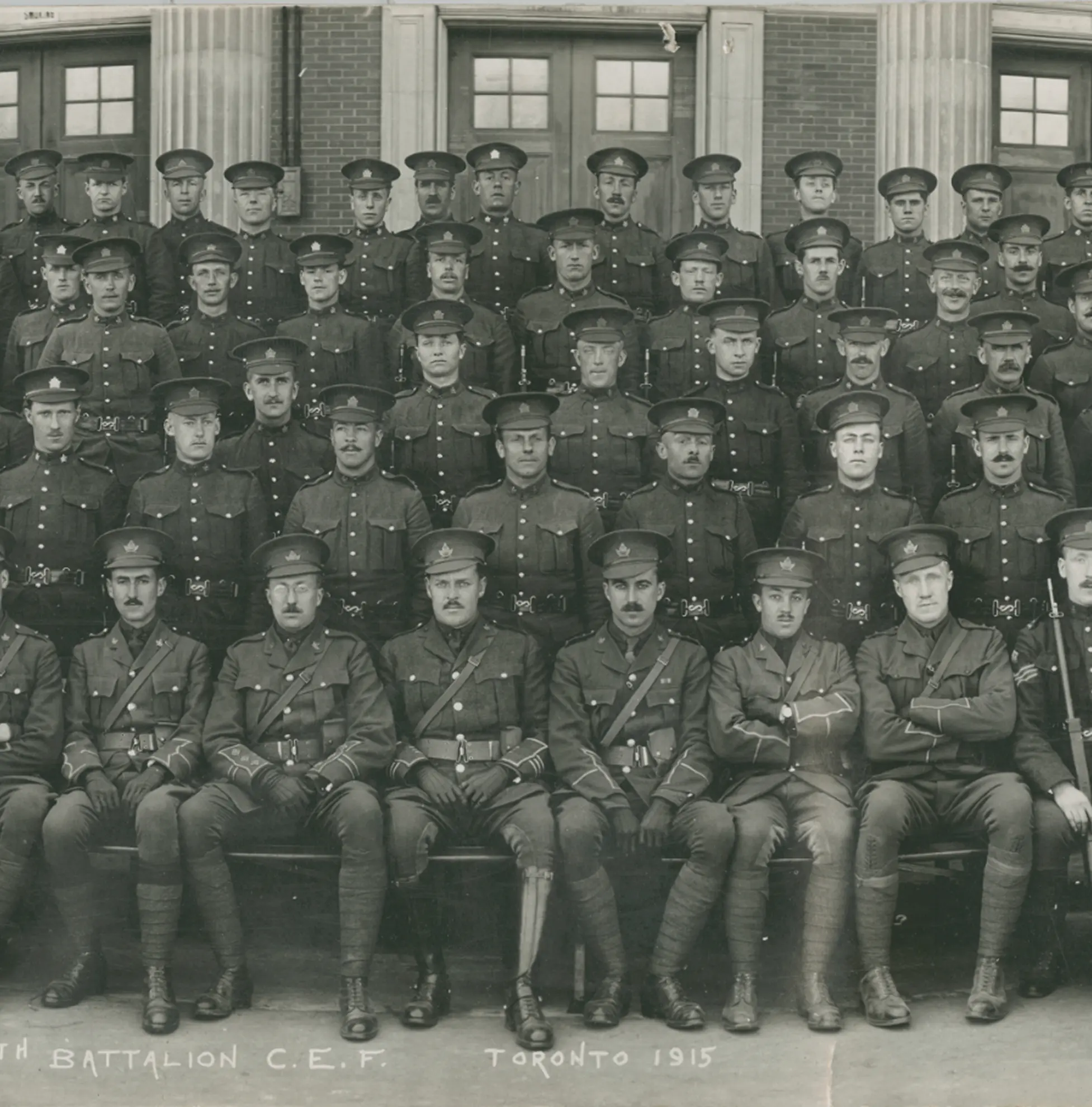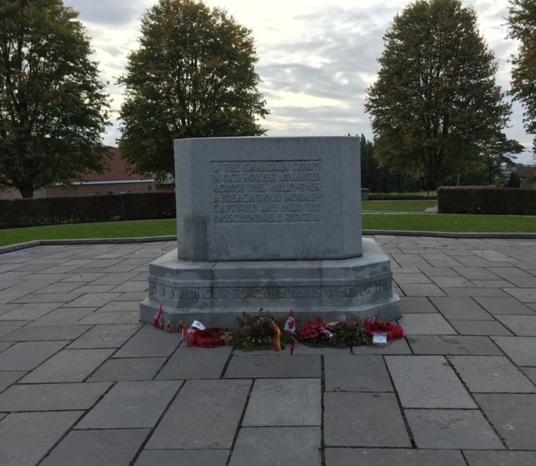By LCol (ret) Tom Compton, CD, BA
Director, Argyll Regimental Museum & Archives
Service Above Self
Mathew Stone was born in York, Ontario, in 1896. He was working as a carpenter when the war broke out and subsequently was enlisted into the 69th Battalion, but was soon transferred to the 19th Bn to deploy overseas. Mathew was 19 years of age upon enlistment and stood 5 feet, eight inches with fair hair. He appears to have served with the rifle companies through 1916 and 1917 as a private (see figure 1) and was promoted to lance corporal in August 1917. Other promotions soon followed and he was a corporal by January 1918 and a sergeant by April 1918.
Stone had a rough go in the trenches, developing skin rashes and multiple boils under his skin, likely as a result of the filthy conditions in the field. He further suffered two gunshot wounds, one to his right hand and one to his right leg. In addition, Stone was briefly hospitalized in September 1916 for “shell shock,” shortly after the 19th entered the front line near Courcelette. Dr. David Campbell’s history of the 19th Bn, It Can’t Last Forever, notes that there was heavy shelling by the Germans for the few days preceding the Canadian attack on the 15th. No doubt this contributed to Stone’s nerves breaking as these dates coincide with his temporary hospitalization, but he returned to his unit in time for the successful attack on Courcelette.
Sgt Stone was given permission to marry in December 1918, and so he and Annice Gledhill wed in the UK. The couple returned to Toronto and eventually had three children: Margaret, Vera, and Robert. A family man, he settled down as a City of Toronto employee working in sanitation.
When the Second World War broke out, he enlisted again and served as a staff sergeant with the Royal Canadian Electrical Mechanical Engineers with 6th Canadian Infantry Brigade Field Workshop, 2 Canadian Infantry Division. Stone’s service was considered exemplary as he was awarded the British Empire Medal (see figure 2). The BEM was typically awarded “for commendable service which warranted such a mark of royal appreciation.” Recipients may have performed an exceptional act of gallantry or the collective service of the individual could be recognized. The citation for his medal does not mention any specific action but rather states, “His Majesty the King is pleased to award the medal to the undermentioned.” This suggests his award was not for gallantry but for overall exemplary service.
Mathew Stone returned from soldiering following his second war but sadly did not survive long, dying of a heart attack in October 1946 at 50 years of age. His service in both wars may have contributed to his poor health, but it is not acknowledged in his Veterans Affairs records. His ashes were interred in Toronto. S/Sgt Mathew Stone’s dedication saw him serve his country before that of the needs of himself and before his family, only to have his life cut short a year after returning home.
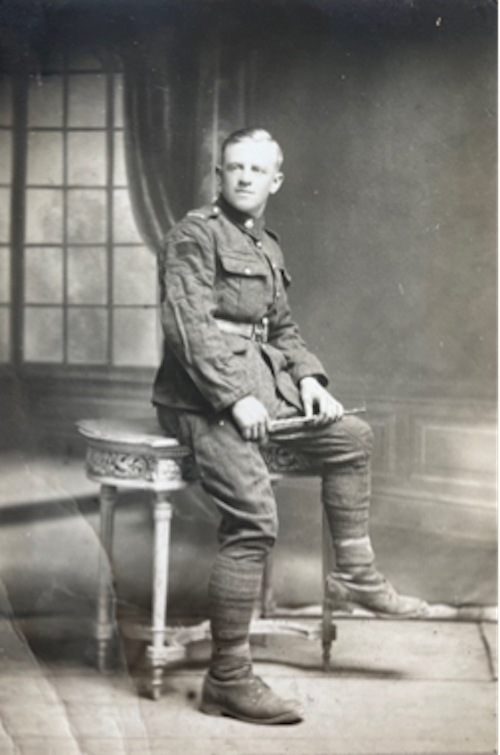
Figure 1: Pte Mathew Charles Stone, France, 1917.
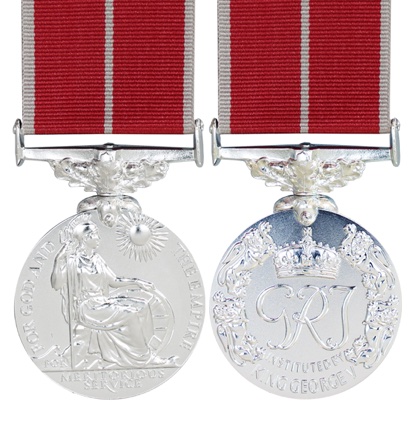
Figure 2: British Empire Medal.
